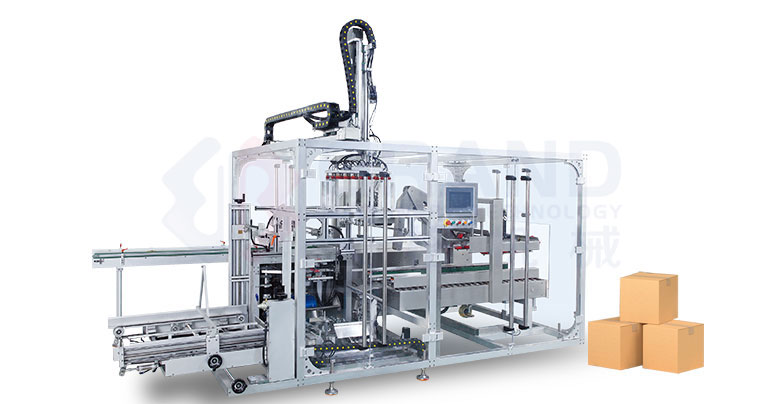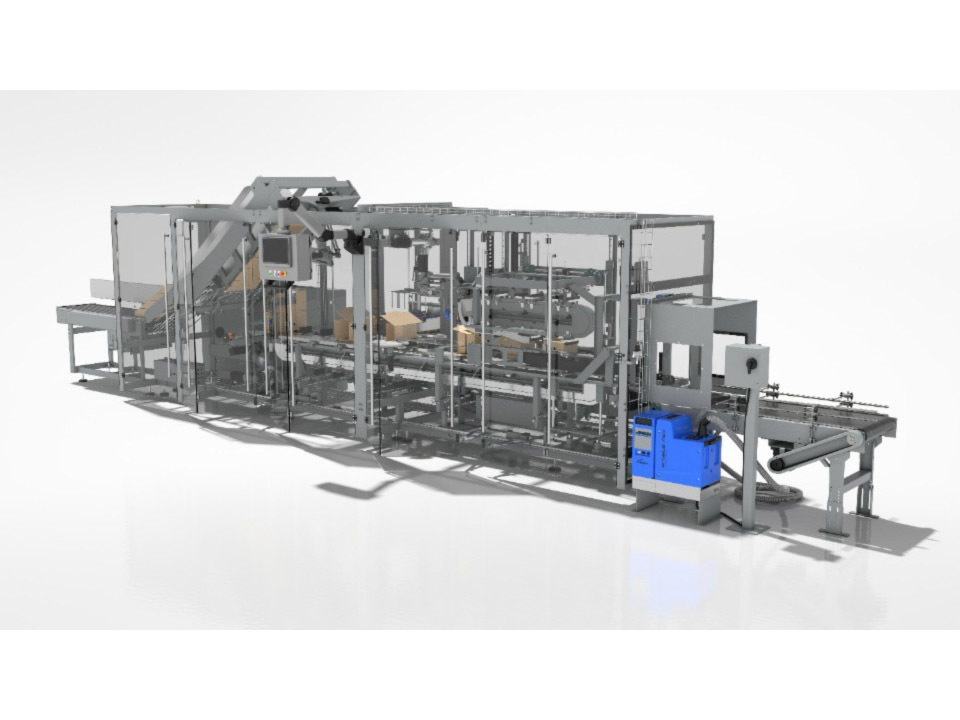What Are Some Tips On Automatic Packaging Machines
Time:Mar 19, 2024 Hits:As a packaging industry business owner or operator, you know how vital automatic packaging machines are for your production. They ensure efficient, consistent packaging, maintaining product quality for consumers. However, like any machinery, these machines need regular care to perform well and last long. We’ll explore 5 tips for maintaining automatic packaging machines effectively. Whether you’re experienced or new, these strategies will keep your packaging line running smoothly.
Tip 1: Adhere to a Preventive Maintenance Schedule
Think of your packaging machine as a well-tuned car. Just as you wouldn’t skip oil changes or tire rotations, preventive maintenance is crucial for your machine’s longevity. Create a detailed maintenance schedule that outlines routine tasks. Here’s what it should include:
- Machine Inspection: Regularly inspect your packaging machine for signs of wear, loose parts, or unusual noises. Address minor issues promptly to prevent major breakdowns.
- Wear Parts Replacement: Keep an eye on high-wear components like belts, chains, and seals. Replace them according to the manufacturer’s recommendations.
- Stock Up on Spare Parts: Understand your spare parts list and ensure critical components are readily available. Having spare parts on hand minimizes downtime during unexpected failures.
- Lubrication: Regularly lubricate moving parts to reduce friction and prevent premature wear. Consult your machine’s manual for specific lubrication points.
Remember, preventive maintenance decreases unscheduled downtime and ensures optimal production efficiency. Enlist qualified technicians or certified service personnel to handle complex tasks.
Tip 2: Combine with Autonomous Maintenance Tasks
Empower your machine operators by involving them in maintenance activities. Pair in-depth assignments (handled by experts) with simpler, task-based activities performed by trained operators. Here’s how it works:
- Checklists: Provide operators with a packaging machine maintenance checklist. They’ll perform daily, weekly, monthly, quarterly, and biannual tasks. These visual cues help operators detect issues early.
- Familiarity: Repeated maintenance tasks make operators familiar with the machine. They’ll notice subtle changes and address them promptly.
- Collaboration: Operators can work alongside technicians during scheduled visits, learning from their expertise.
Tip 3: Partner with Responsive Packaging OEMs
When your machine is down, every second counts. Before purchasing equipment, thoroughly vet the original equipment manufacturer (OEM). Look for:
- Responsive Service: Choose an OEM that provides timely technical support. Ensure they answer calls or emails promptly.
- Remote Troubleshooting: Opt for an OEM with remote capabilities. They can diagnose routine problems without costly onsite visits.
- Service Plans: Some top packaging OEMs offer preventive maintenance plans tailored to your business needs. Regular onsite visits keep your machine in top shape.
Tip 4: Understand Your Spare Parts List
Your packaging machine relies on various components. Familiarize yourself with the spare parts list:
- Categorize Wear Parts: Identify high-wear parts like sensors, belts, and bearings. Keep them in stock to avoid production delays.
- Critical Components: Know which parts are critical for operation. Prioritize their availability.
- Obsolete Parts: Plan for obsolescence. As technology evolves, some parts may become obsolete. Stay informed and adapt accordingly.
Tip 5: Plan for Upgrades and Obsolescence
Packaging technology evolves rapidly. To stay competitive:
- Regular Assessment: Evaluate your machine’s performance periodically. Identify areas for improvement.
- Upgrades: Plan for upgrades to enhance efficiency, safety, and compliance.
- Obsolescence Management: Anticipate when components or entire machines may become obsolete. Budget for replacements.
The benefits of Automatic Packaging machines

1. Increased Efficiency
Automatic packaging machines operate seamlessly, handling high volumes of products with precision. Unlike manual labor, which can be time-consuming and prone to errors, these machines work tirelessly 24/7. They don’t take breaks or holidays, ensuring consistent productivity. By streamlining your packaging process, you’ll save valuable time and resources.
2. Improved Productivity
Imagine a production line where packaging tasks are executed swiftly and consistently. With automatic machines, you achieve just that. They assemble, wrap, seal, and label products without hesitation. This efficiency translates into higher output, allowing your business to meet demand efficiently.
3. Enhanced Safety
Manual packaging can be physically demanding and repetitive, leading to employee injuries. Automatic systems eliminate the need for workers to handle heavy boxes or perform monotonous tasks. By reducing physical strain, you create a safer work environment and minimize the risk of accidents.
4. Precise Packaging
Human error is inevitable, especially during repetitive tasks. Automatic packaging machines, on the other hand, work with precision. They measure, cut, and fold materials accurately, ensuring uniform packaging every time. Consistent packaging not only looks professional but also protects your products during transit.
5. Cost Savings
While investing in automatic machinery requires an initial outlay, the long-term benefits far outweigh the costs. These machines reduce labor expenses, minimize waste, and optimize material usage. Additionally, their efficiency leads to faster production cycles, ultimately saving you money.
6. Space Optimization
Automatic packaging systems often occupy less space than manual setups. By reducing the number of production lines, you can utilize your facility more effectively. This streamlined layout enhances workflow and allows for better organization.
7. Waste Reduction
Precision in packaging means less material waste. Automatic machines use just the right amount of packaging material, minimizing excess. Whether it’s film, cardboard, or labels, you’ll notice a significant waste reduction, benefiting both your business and the environment.
8. Consistent Quality
Customers appreciate consistency. Automatic packaging ensures that each product receives the same level of care. Whether you’re packaging food, electronics, or cosmetics, maintaining quality standards is crucial. These machines deliver uniform results, enhancing your brand reputation.
Remember, a well-maintained packaging machine ensures consistent output, reduces costs and keeps your business competitive.


